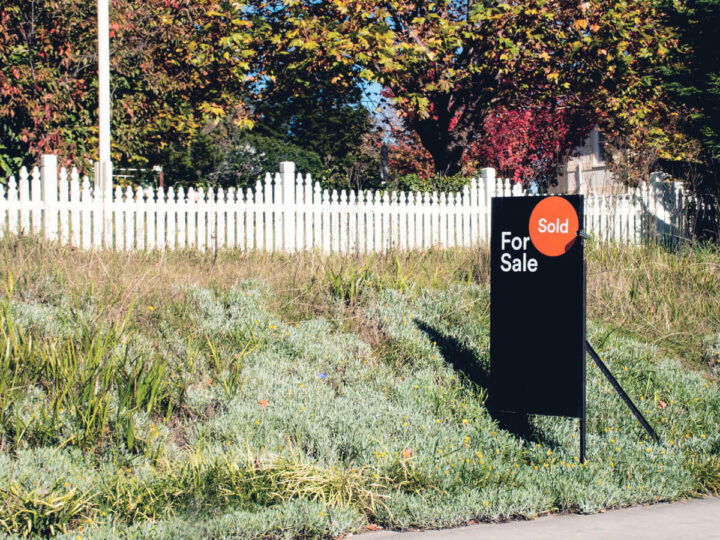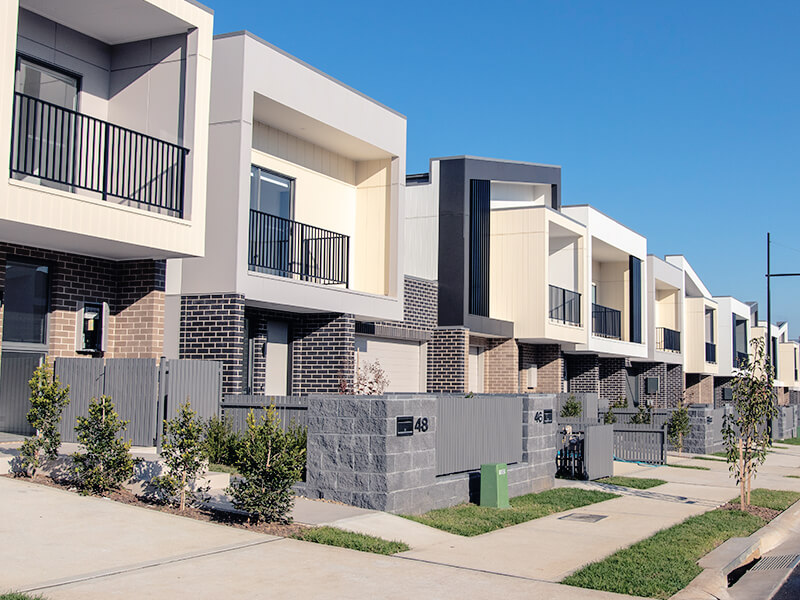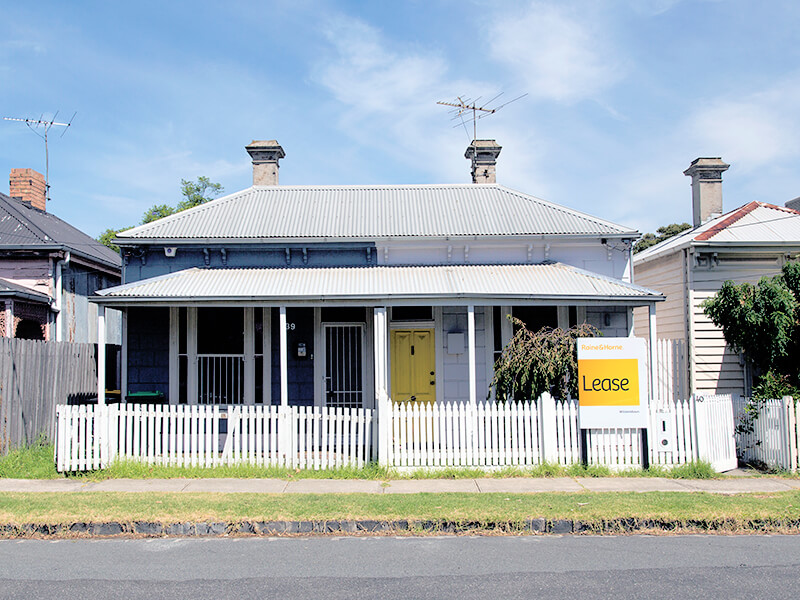September 19th, 2022
5 ways to add value to your investment property
Managing your portfolio
First time investors

With the explosion of Australia’s property market over the past decade and the resulting challenges faced by buyers throughout the country, prospective homeowners have developed new strategies to help them get on the property ladder.
At a time of rising unaffordability, ‘rentvesting’ has gained traction as an approach that allows first home buyers to purchase a home and start building equity while still retaining flexibility in their lifestyle and location. In this guide, we will walk you through precisely what rentvesting is and answer some of the most common questions to help you decide whether it is right for you.
Besides being a wonderful portmanteau, rentvesting refers to an investment strategy where an owner buys in a more affordable, up-and-coming suburb and then rents that home out while continuing to rent elsewhere. The idea is aligned with that age-old adage: “live where you want and buy where you can afford”.
Say, for example, you currently live in central Sydney in a rental that you love but could never afford to buy. You know that you could afford a home in the western suburbs but you don’t want to move there because you love living in the city and the lifestyle it offers you. So, what do you do?
Most people have to choose between one of two outcomes—staying or moving, renting or buying. But with rentvesting, you can do both. In this sense, you’re reversing the usual path of a homeowner by making your first property an investment property, instead of a primary residence, and then living where you want.
While it might sound like the best of both worlds, it is important to remember that rentvesting is still an investment that requires careful planning and an honest assessment of the risks involved. So, it’s important to get more personalised advice from a financial professional who will consider your current circumstances. However, typically the first step to rentvesting is to ask yourself one question: can you afford it?
Although the rentvesting strategy is based on the idea of buying an ‘affordable’ home, that still requires a sizeable deposit in the region of 10-20% of the home’s value and the ability to service the mortgage. This second point is one of the most important, as banks will typically offer a higher interest rate on loans for investment properties than they would for owner-occupied homes, presenting a challenge for potential rentvesters.
One possible solution to this is to put down a larger deposit in order to receive a lower interest rate and the other is to charge more rent on your investment property to cover the repayments. Both options have their drawbacks, as doubling your deposit, if we assume a bank requires 30-40% instead of the usual 10-20%, could cost you tens of thousands of dollars, while charging a higher rent simply might not be viable, especially if you are looking to purchase in a cheaper suburb.
As with all property, rentvesting carries significant investment and risk and you need to look at where and what you can afford, and whether this strategy is right for your financial position and goals before you commit to it.
Please bear in mind that this is just general information and not intended as financial advice. Any major financial decision should be made in consultation with your financial specialist.

The reality is that there are positives and negatives to rentvesting that will vary for everyone reading this article—only you can determine whether or not something is a good idea for you. One of the major appeals of rentvesting is the flexibility and freedom it offers: you can get on the property ladder without having to move your life to wherever you can afford a home.
However, this freedom comes at a cost. In addition to paying higher interest rates as we mentioned above, buying an investment property first will make you ineligible for first home buyer’s support, both now and in the future. In Australia, that can mean missing out on tens of thousands of dollars’ worth of grants or exemptions from stamp duty.
Furthermore, while it sounds simple to just buy a property and have someone else make your repayments in the form of rent, it is still your name on the mortgage. If tenants move out or are late with the rent, it is your responsibility to make those repayments, no matter what.
Of course, choosing a quality Property Manager can help in this situation.
Do you want the added burden of being a landlord, along with the stress of continuing to pay your own rent as well as a mortgage? What does freedom look like to you: is it the ability to move every few years, or the ability to paint your walls 20 different colours and tear up the garden and replant it again? How you answer will determine whether or not rentvesting is a good idea for you.
This is a question that many people interested in rentvesting ask and it’s an interesting distinction that is central to understanding this investment strategy. Firstly, rental properties are investment properties but not all investment properties are rental properties.
Does this seem confusing? Don’t worry, it’s not.
An investment property is simply any property that you purchase for the purpose of making an income and not to live in. How you choose to make this income determines what kind of investment property you have: you can rent it, renovate it, or just hold on to it and wait for the value to increase—this is known as capital growth.
The idea behind rentvesting is to rent your investment property to tenants, thereby making it a rental property. Doing so does not stop you from making an income on this property some other way, such as selling it and profiting from the capital growth, however most rentvesters will choose to rent it in order to make their repayments, build equity, and possibly even assist in paying their own rent.

Every investment requires good property management in order to succeed, and rentvesting is no different. If you’re considering rentvesting or are a landlord already, PropertyMe can help you and your chosen Property Manager make the most of managing your investment.
With PropertyMe’s mobile app, easy and effective property management rests in the palm of your hand. Access your information and documents, track your expenses, monitor maintenance requests and so much more.
Disclaimer:
To the extent any information provided to you in this content constitutes financial advice, such advice is general advice only and has been prepared without taking into consideration your objectives, financial situation or needs. You should consider your needs prior to acting on any advice or making any financial decisions and seek independent financial advice regarding your own personal circumstances.